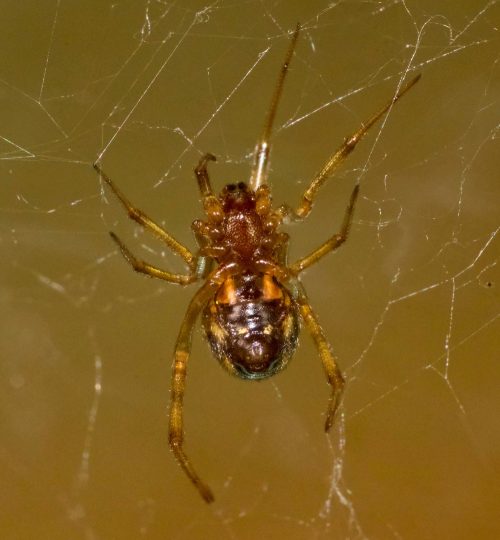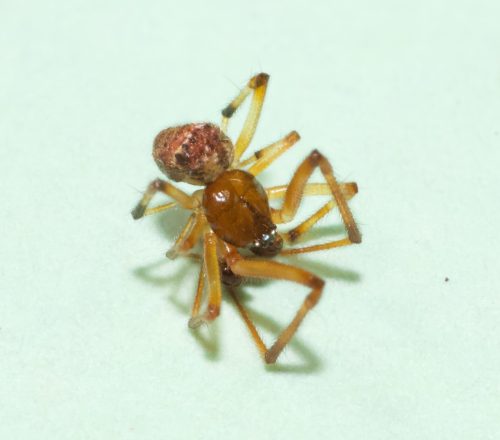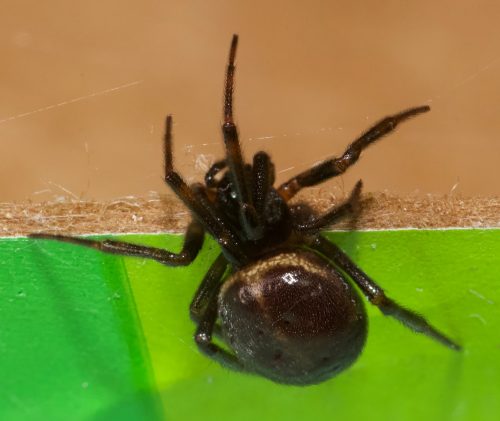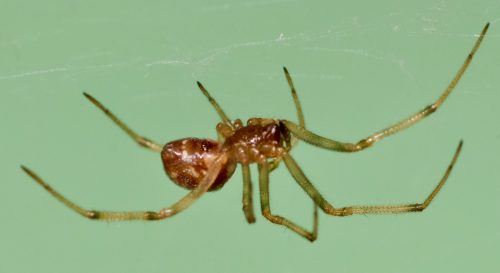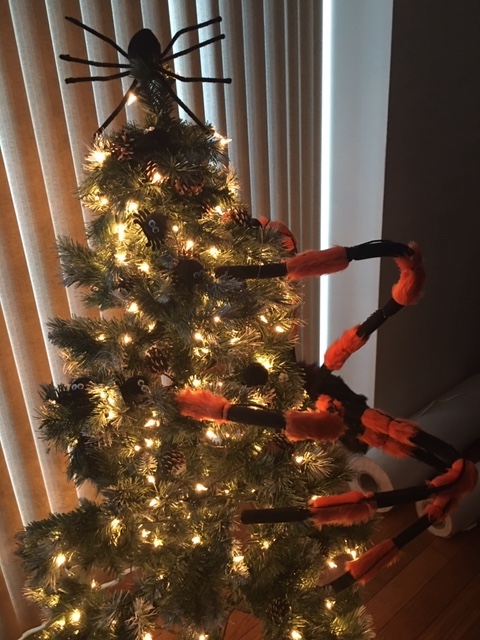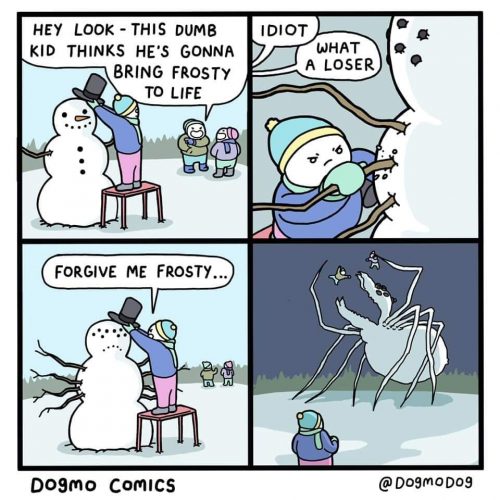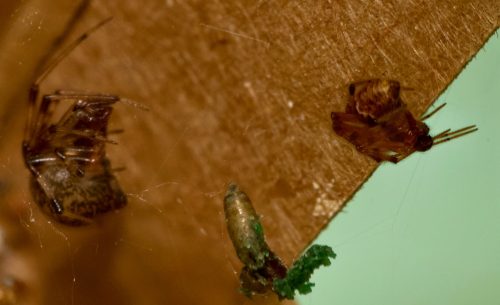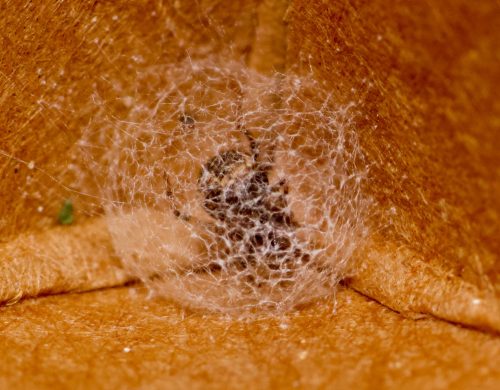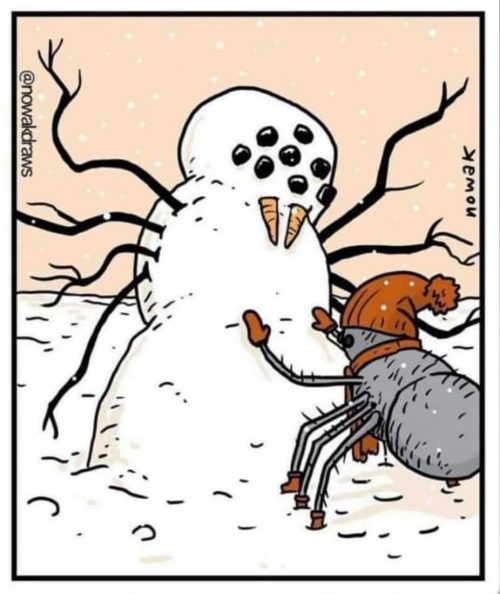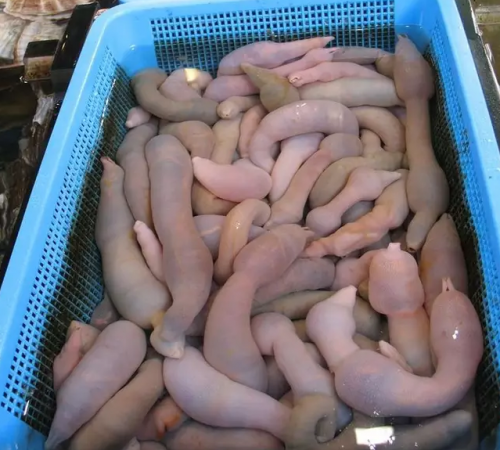However, the transmission was garbled. What is that 8-legged abomination on the left, with antennae and three tagma? Such a thing would never manifest itself in my dreams.
 My bedtime reading lately has been Spiderlight by Adrian Tchaikovsky, which can partly be blamed for my dreams. It’s a fantasy novel, the usual quest to defeat the evil big bad with a party of a priest, a fighter, a rogue, etc. with one significant twist: they recruit (that is, force) a giant spider to join the team, after magically making it sort of a human/spider hybrid so they can talk to it. It’s entertaining. It’s got spiders in it, so of course it’s fun.
My bedtime reading lately has been Spiderlight by Adrian Tchaikovsky, which can partly be blamed for my dreams. It’s a fantasy novel, the usual quest to defeat the evil big bad with a party of a priest, a fighter, a rogue, etc. with one significant twist: they recruit (that is, force) a giant spider to join the team, after magically making it sort of a human/spider hybrid so they can talk to it. It’s entertaining. It’s got spiders in it, so of course it’s fun.



